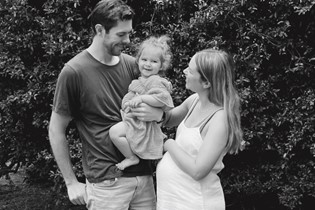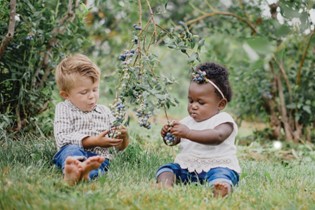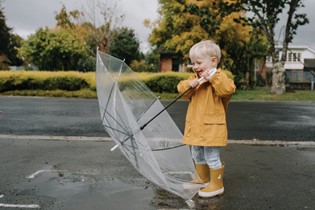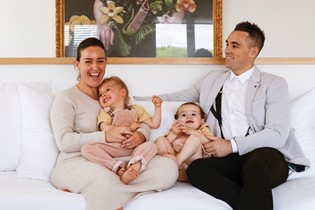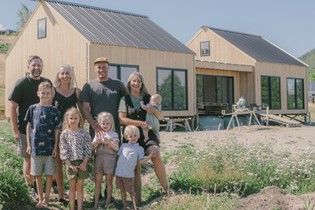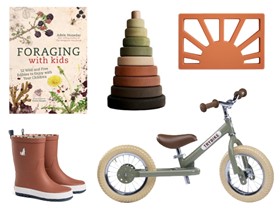Understanding day time naps for 0-18 months

Dorothy Waide has spent decades helping babes (and their parents!) get some much needed shut-eye. Navigating day sleep is an ever-changing process as your baby grows and having the right tools can make all the difference.
Sleeping and self-settling is one of the hottest and most debated topics in the world of parenting. Before we start on sleep, it is important to remember that this article is a guideline only. All babies are different, all parents are different and all families are different. When working with sleep, my motto is babies need two nutrients – food and sleep. If they sleep well, they eat well, and if they eat well, they sleep well.
Before we get to routines and nap schedules, we need to cover off how our babies actually get to sleep because once your baby masters self-settling and resettling, they will have the ability to link sleep cycles, which is what they need to do in order to get the recommended amount of sleep.
This is not the only way to achieve this, and all babies are different in terms of how much sleep they need. Some have high sleep needs and some low, some are in between. But in my experience, it’s the most effective way to make sure they’re getting an optimum amount of rest for their growing needs.
SELF-SETTLING
How you put a baby/toddler to sleep is your business and no one else’s – but if your current methods are not working and you’re are looking for support, then it is important to understand that as parents you need to be there in presence, but also allow your baby the ability to find their sleep independently at some stage. This is not ‘controlled crying’ or ‘cry it out’ – it is understanding that some crying is natural and it’s about responding to your baby's needs in a way that you feel is appropriate.
Crying is communication and we should always stop, listen and act. Ask, what is my baby telling me? Where am I when my baby is talking to me? Am I doing too much for my baby? Am I not doing enough? I always say teaching a baby to self-settle takes TACT – time, acceptance, consistency (80%) and touch (presence).
RESETTLING
Resettling can be a very tricky thing to teach babies to do but if you do it early in your arms, or with touch and small movements in the cot, then it certainly is easier as your baby grows. It is tedious though. It takes a minimum of 10 days to see a dim light at the end of the tunnel and the first three to four days are the hardest. Even I give up on day two sometimes. If there is no change at day 10 then you need to take a look and see if something might be missing. Sometimes it all gets a bit too much and that’s okay too – take a break and reset, then try again if you still want to make a change.
I am a great believer that sleep breeds sleep and again, it is how baby falls asleep and stays asleep that is important. Yes, it is okay to feed to sleep! We are told that it is bad, that it’s creating bad habits – but who really cares if it’s what you want to do and it works for your current situation? Feeding to sleep comforts the baby/toddler and the whole family benefits from this, but my gosh, there are certainly times where it becomes hard as only the mum can put bubs to sleep.
Overall, in my experience, it is easier to start teaching baby to self-settle and resettle earlier (and you get there quicker), than to start when baby is older when everyone finds it so much harder.
Babies are telling us something when they cry and it is important to stop and listen. Try not to do everything for them, but be there to help and support while they are learning to self-soothe and resettle. Take baby steps, it’s okay to go slow.
The following is my advice for navigating day sleep by age, while also touching on appropriate self-settling/resettling tools for the earlier age ranges.
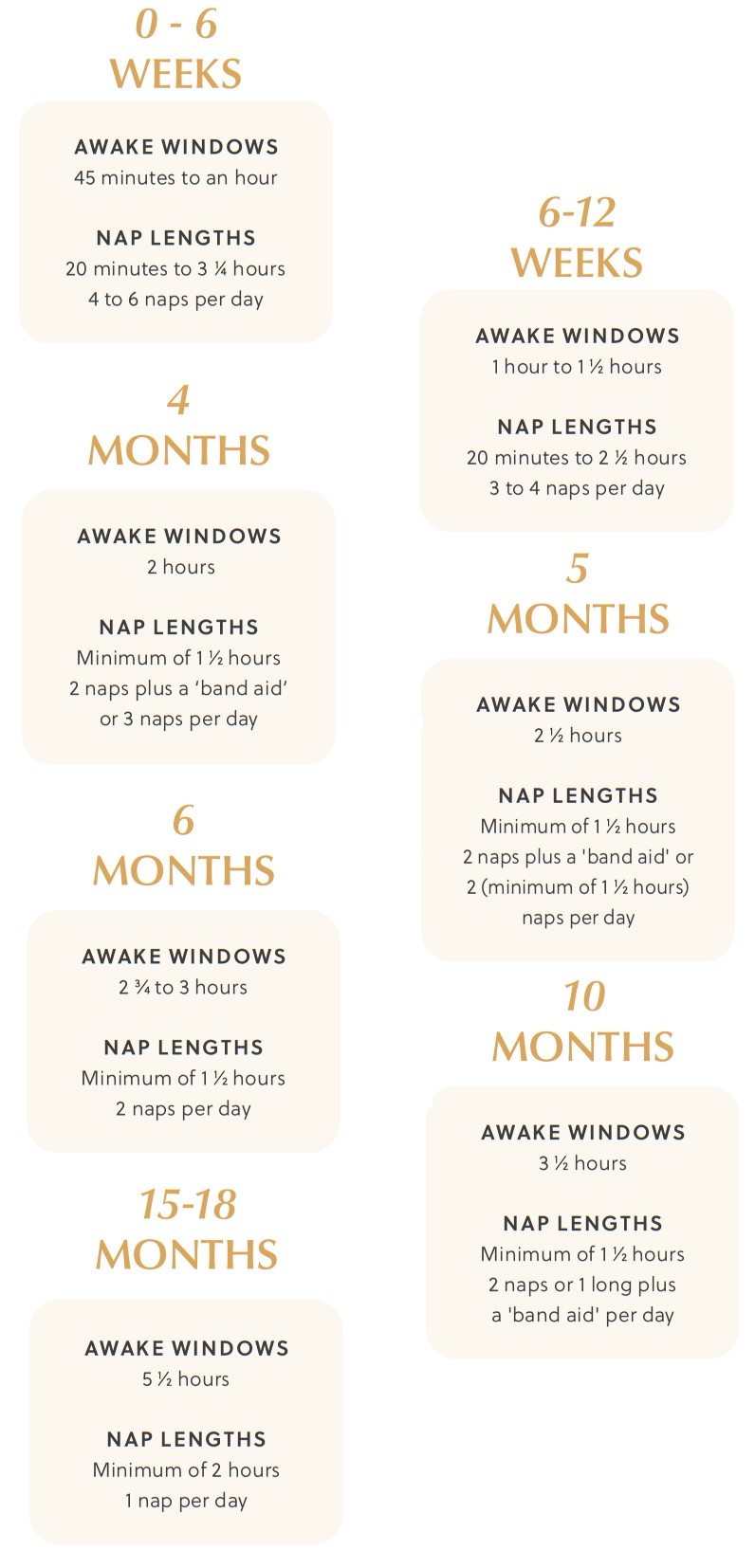
0 TO 16 WEEKS
In the very early days following birth, your baby cannot differentiate between day and night and if you are breasfeeding, establishing your supply is important which means lots and lots of feeding.
Give your baby and yourself a good environment to sleep in – the darker the better as melatonin is produced when it’s dark. (Up until around six weeks old, when babies have their first progressive milestone, they will often sleep anywhere but it doesn’t hurt to start this sleeping habit early.)
Placing your baby into their bassinet, cot, or safe-sleep space when wide awake will allow them the ability to find their sleep. Step back for up to a minute. If they’re not settling then you have two options: if settling in arms then you would pick up your baby and engulf and hold to sleep. If settling your baby in their cot, pick your baby up, do a quick burp and then put them back into their cots and place a gentle hand on them. Touch and presence are important as your baby is talking to you and you have just started to replace your body with their mattress.
When comforting/resettling your baby through sleep cycles, I recommend you do a movement on their body which I call cupping. Cupping involves gentle movement on their lower torso with one hand, while your other hand rests gently on their chest. It is better to intervene and resettle your baby when they first stir as it is easier when they are drowsy rather than wide awake. If you can’t resettle, then start the next wake cycle, beginning with a feed.
I recommend swaddling for babies under 12 weeks, ensuring that it is a breathable swaddle and doesn’t restrict their body movements (except their arms). For safety reasons, babies and toddlers must never sleep with hats, hoods or bibs.
Around six weeks plus, I tend to suggest doing one moving nap a day (so you’re able to get out and about) and then the other naps stationary, either in a cot or arms. As baby grows, I do the morning nap as a moving nap and the afternoon nap as stationary.
4 TO 6 MONTHS
By this age, if you haven’t already implemented some structure around day sleep and would like to, now is a great age to start. Both you and your baby may be craving some more routine (and for a lot of mums, sleep deprivation is at an all-time high). As your baby grows, their wake cycles will lengthen. I tend to do this in 15-minute increments, then hold for 10 days before doing the next stretch. Their naps will still be similar to that of a newborn baby – minimum of 1 ½ hours or longer, but the amount of naps will lessen.
By now, ideally your baby is self- settling for their day naps and hopefully starting to connect their sleep cycles – if not, then go back to the newborn self-settling and resettling notes and work from there. As they develop, it’s an ever-changing process and sometimes you need to adjust and tweak your techniques according to your baby’s ever-changing needs.
Overnight I tend to start stepping back around this age, allowing baby to resettle without intervention. This is not about letting a baby scream their lungs out, rather allowing them the opportunity to go back to sleep on their own. If you choose to resettle by feeding, ensure it is for hunger rather than comfort. Babies often need reassurance overnight, not necessarily feeding. In saying that, food does play an important role in how our babies sleep so as they grow, you will find they may need to be fed when they wake and also before they go down for naps. This is not necessarily feeding to sleep, but feeding to their gastric requirements.
The ‘band aid’ nap: At the end of a day, if you have a long wake cycle and can’t fit in another nap then do a ‘band aid’ – this can be as short as 10 minutes and not longer than 30 minutes, to help get your baby through until bedtime so that they don’t get overtired.
6 MONTHS
From six months onwards your baby will be in the same routine until they are ready to give up a nap; dropping down to a long nap in the morning and a band aid in afternoon, or a band aid nap in the morning and a long nap early afternoon. This can happen as early as 10 months but more than likely around 15 to 18 months. Babies will also start being able to wait longer for food during their wake cycles.
Babies around this age should ideally have their meals (solids and/or milk) within 30 minutes of waking, then a time of play, then they have a morning or afternoon tea consisting of a full milk feed before their nap. In my experience, babies do not need snacks foods – their snack is their well-balanced milk feed which provides all of their nutritional needs.
15-18 MONTHS
Around this time your toddler will be ready to drop to one nap, if they haven't already. I always take the stronger nap of the two (for some that’s morning and for others it’s afternoon) and then gently guide it to the middle of the day.
18 MONTHS ONWARDS
From 18 months onwards some toddlers will be ready to drop their naps, others may not do this until around 2 to 2 ½ or even older. To drop this nap you can cut it back by 15 minutes and hold for 10 days and continue to do this until it is no longer than a ‘band aid’ nap. You will know your toddler is ready to drop their nap when they start taking longer and longer to fall asleep when they go to bed at night. Dropping their naps should mean they will start to go to sleep easier at bedtime.
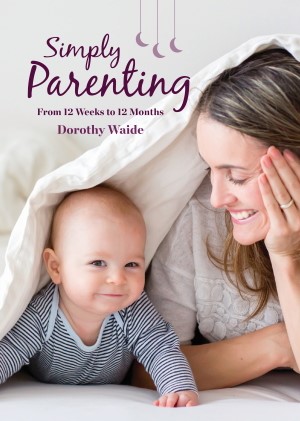
Dorothy Waide is a Karitane Mothercraft Nurse with over three decades of experience. She's also the OHbaby! expert sleep advisor and resident Baby Whisperer. Dorothy is the author of two popular parenting books, You Simply Can’t Spoil A Newborn and Simply Parenting: From 12 Weeks to 12 Months.
Visit Dorothy at babyhelp.co.nz.

AS FEATURED IN ISSUE 53 OF OHbaby! MAGAZINE. CHECK OUT OTHER ARTICLES IN THIS ISSUE BELOW


